Domestika Maestros: Colita
We speak to the photographer who has captured many of the 20th century’s most famous faces, stories, and personalities, and discover what defines great photography and makes a great photographer
Isabel Steva Hernández (Barcelona, 1940) has always been known to those around her as Colita. While photography has had a big impact on her life, now, at almost 80 years old, it’s no longer at the center of it. She no longer needs what for decades was her way of life, her way of survival, her way to have fun.
Here, she shares what defines great photography what makes a great photographer.
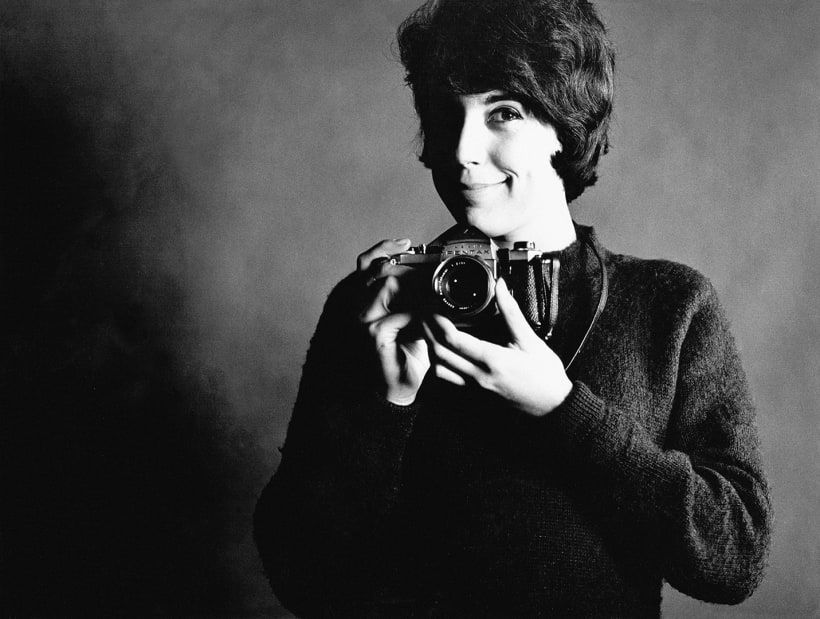
From a hobby to a profession
Colita learned to take photographs thanks to her dad, who bought her her first camera when she was a child. From then on, she couldn’t put down her new toy, which brought her such joy.
During her youth in Barcelona, she met photographers Oriol Maspons, Català Roca and Xavier Miserachs. They not only became her friends, but her teachers. When she discovered that people actually paid them for their photographs, she decided that people would also pay her for hers. That’s how photography went from being one of her hobbies to becoming a profession.
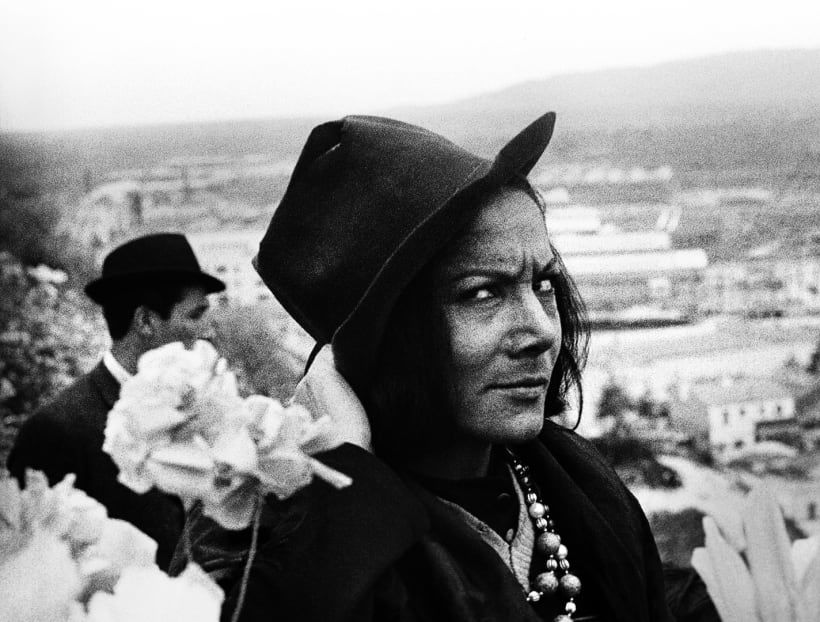
Carmen Amaya, the great flamenco dancer, booked Colita for her first few jobs. It was working with Amaya that Colita discovered a love for taking intimate portraits and a passion for flamenco. Colita then went to Andalusia and Madrid to photograph the world of flamenco–the people who were a part of it, and its stages. This work is featured in her book, “Luces y sombras del Flamenco” (“The Lights and Shadows of Flamenco”), published by Lumen.
Her later work gained her notable fame and her photography has now been printed in over 60 books. Many of those books are dedicated to one of her great loves, her city: Barcelona.
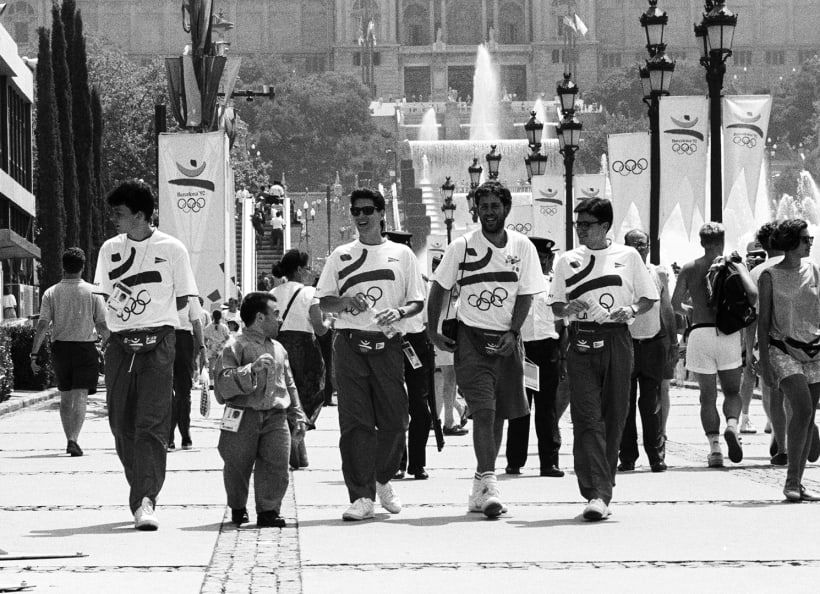
Portraits: How to observe a face
Colita knows only too well that to create a great portrait you have to collaborate with your subject. You have to become a team. Then, the rest is simple. She insists that the technical side and who is being photographed aren’t as important. What’s important is that the image makes you want to get to know the person you’re looking at, even if it’s not a person you recognize.
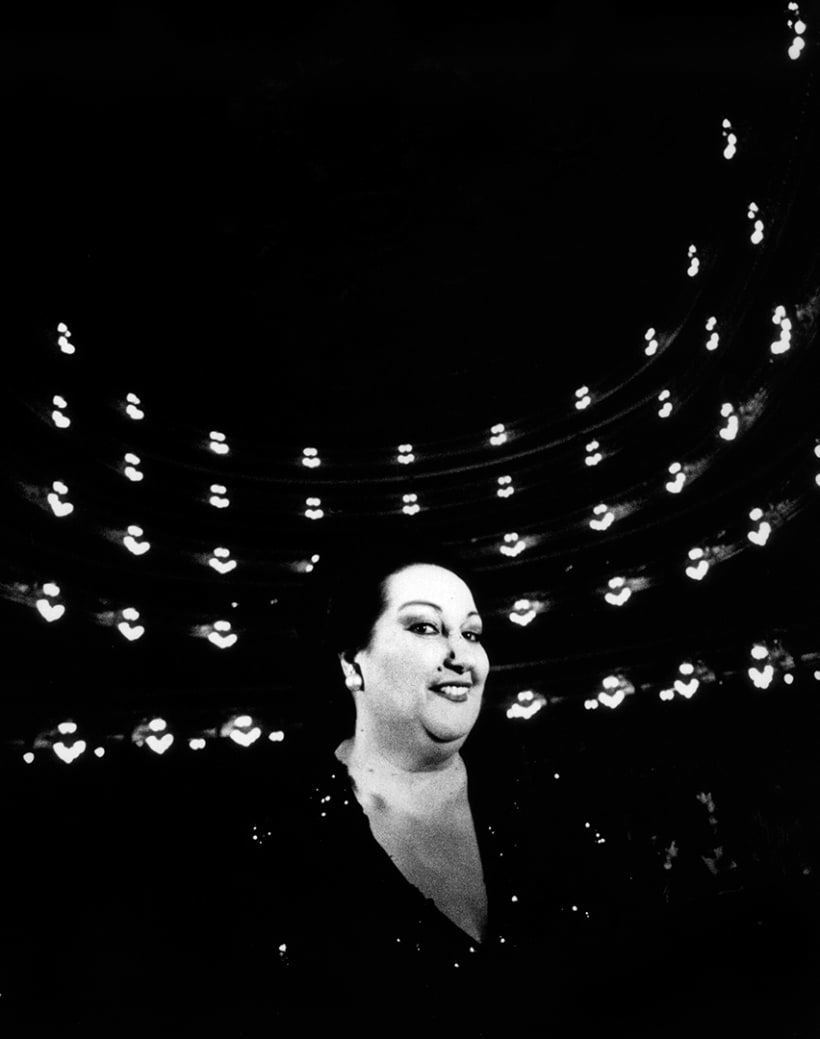

When asked what makes a good photographer, Colita doesn’t waste a second in replying: patience and perseverance. You have to go into it knowing that it is a tough job. You’ll have your bad days. But in the end, it’s all worth it. You need to have a sense of humour, and enjoy doing it.






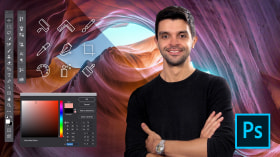
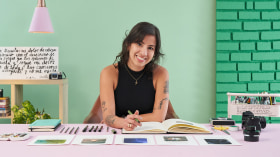
0 comments